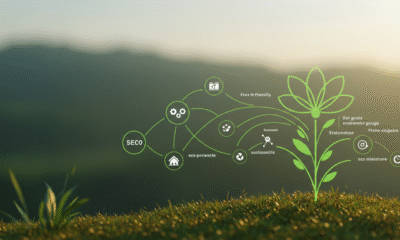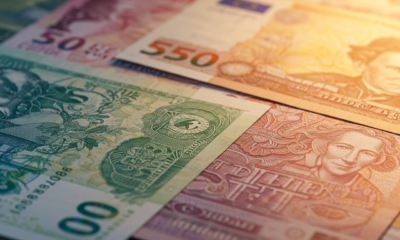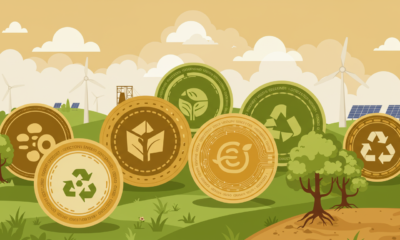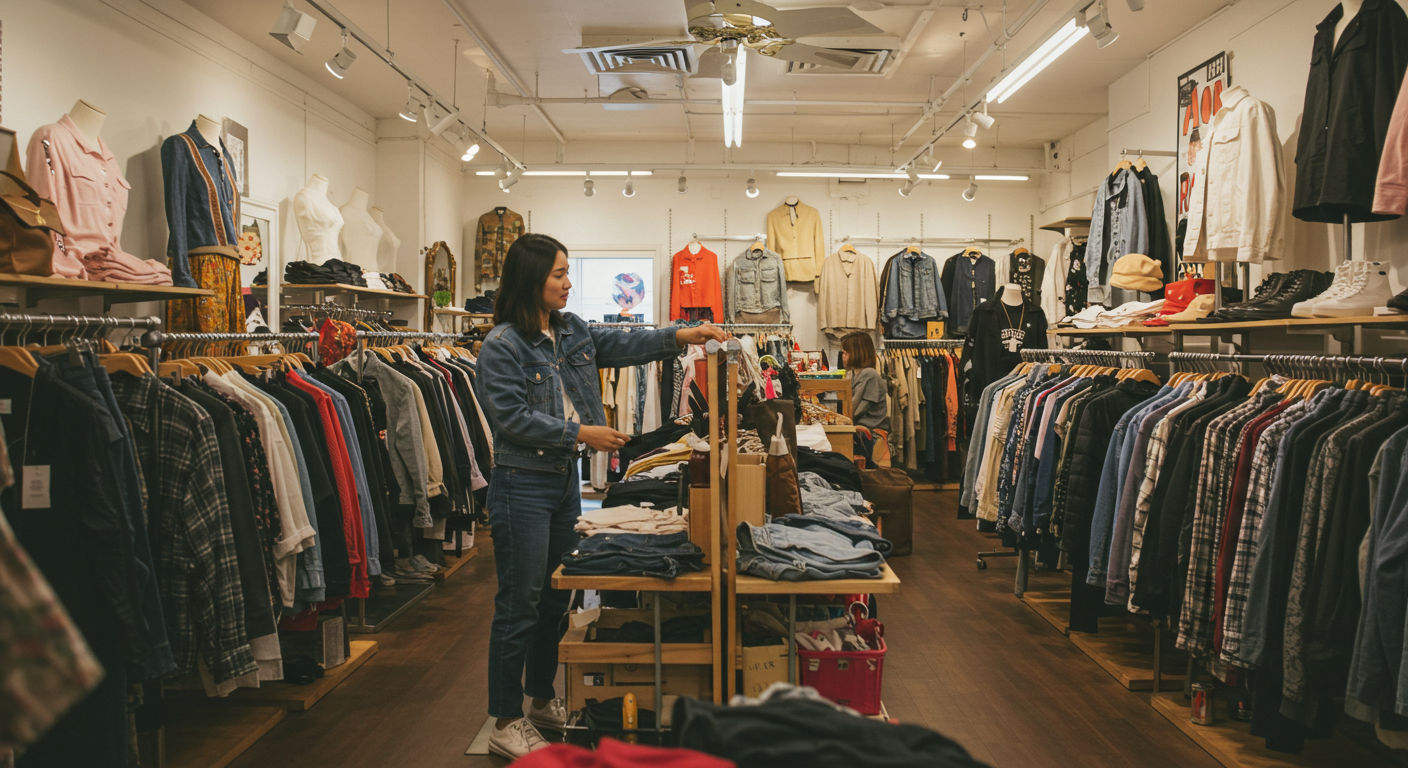
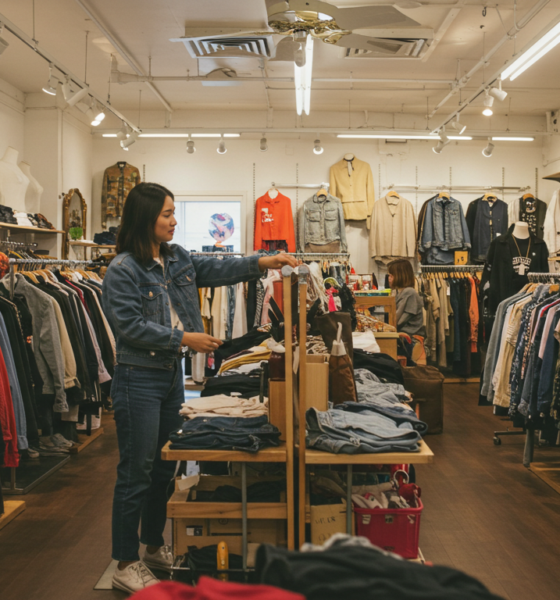
Environment
How Second-Hand Wholesale is Changing the Retail Landscape
It is wise to start a green business in 2025 since more consumers are seeking sustainable products. A recent study by NielsenIQ reported that 78% of U.S. consumers consider a sustainable lifestyle important, indicating a strong market for eco-friendly goods and services. Companies focusing on sustainability by using renewable materials, reducing waste, or being energy-efficient will find a customer base of conscious people and maintain long-term brand loyalty. In addition, various governments and investors are encouraging green initiatives, hence giving more increased financial incentives to start sustainable startups. Now, establishing an environmentally-friendly business opens the perspective for meeting financial success alongside ethical considerations, as environmental problems become a top priority.
“CPG companies increasingly allocate time, attention, and resources to instill environmental and social responsibility into their business practices. They are also making claims about environmental and social responsibility on their product labels. The results have been evident: walk down the aisle of any grocery or drugstore these days and you’re bound to see products labeled “environmentally sustainable,” “eco-friendly,” “fair trade,” or other designations related to aspects of environmental and social responsibility,” writes Jordan Bar Am, a partner with McKinsey and Company.
In an age where sustainability, affordability, and uniqueness are increasingly valued, second-hand wholesale is emerging as a transformative force in the retail landscape.
This business model, which involves the bulk sale of pre-owned goods, is reshaping consumer habits and influencing how retailers approach inventory management and sales strategies. This is one of the many great examples of having an eco-friendly business.
Here’s how second-hand wholesale is changing the retail landscape in 2025:
What Is Second-Hand Wholesale, and Why Is It Gaining Popularity?
Second-hand wholesale involves purchasing pre-owned goods in bulk. These items are often sourced from returns, overstock, or gently used products. Its appeal lies in the growing demand for sustainability, affordability, and uniqueness in consumer products. Retailers find it a
cost-effective way to stock their shelves, while consumers embrace the quality and individuality of second-hand products.
The global second-hand clothing market is expected to grow to $350 billion USD by 2027, highlighting the increased importance of environmental awareness, especially with the younger generations. Factor in other second-hand goods and this is a sizeable opportunity.
Supporting Sustainability in Retail
One of the most compelling aspects of second-hand wholesale is its contribution to sustainability. This is something people wanting to create an environmentally sustainable business should consider. By extending the lifecycle of products, this model helps reduce waste by diverting items from landfills, where millions of tonnes of textiles, electronics, and other goods are discarded annually. It also lowers carbon emissions by decreasing the demand for new production, which often involves energy-intensive manufacturing processes.
Consider this: If all adults in the UK bought half of their next wardrobe second-hand instead of new, it would prevent 12.5 billion kg of carbon emissions, the equivalent of flying around the world 17,000 times.
Businesses That Benefit From Second-Hand Wholesale
Second-hand wholesale doesn’t need to be confined to small thrift shops; it can be quite a versatile solution for many business models. Boutiques can curate vintage or upcycled collections for niche markets. Online marketplaces like Poshmark and eBay use second-hand wholesale suppliers to maintain inventory of items that are in constant demand. H&M and Lululemon-big chain retailers-introduce second-hand sections in their retail stores. An entrepreneur in resale can get its operations set cost-effectively from wholesale suppliers.
Profitability in Second-Hand Wholesale
For retailers, second-hand wholesale represents a lucrative opportunity. The lower cost of acquiring inventory translates to higher profit margins, even when selling items at competitive prices. Moreover, as consumers increasingly prioritize sustainable shopping, the demand for pre-loved goods continues to rise.
Retailers who embrace this trend are not only meeting consumer needs but also positioning themselves as environmentally conscious brands, further boosting their appeal.
The Future of Second-Hand Wholesale
The future of second-hand wholesale thus looks bright with advanced technologies and a growing interest in consumers. Innovations such as AI-driven inventory management and extended digital resale platforms have made business access and management of second-hand stock easier than ever. With this trend reaching full force, secondhand products will continue to gain more market share within retail. Today, retailers that adopt this model will lead the sustainable revolution within retail.


 Environment9 months ago
Environment9 months agoAre Polymer Banknotes: an Eco-Friendly Trend or a Groundswell?

 Environment11 months ago
Environment11 months agoEco-Friendly Home Improvements: Top 7 Upgrades for 2025

 Features8 months ago
Features8 months agoEco-Friendly Cryptocurrencies: Sustainable Investment Choices

 Features9 months ago
Features9 months agoEco-Friendly Crypto Traders Must Find the Right Exchange








